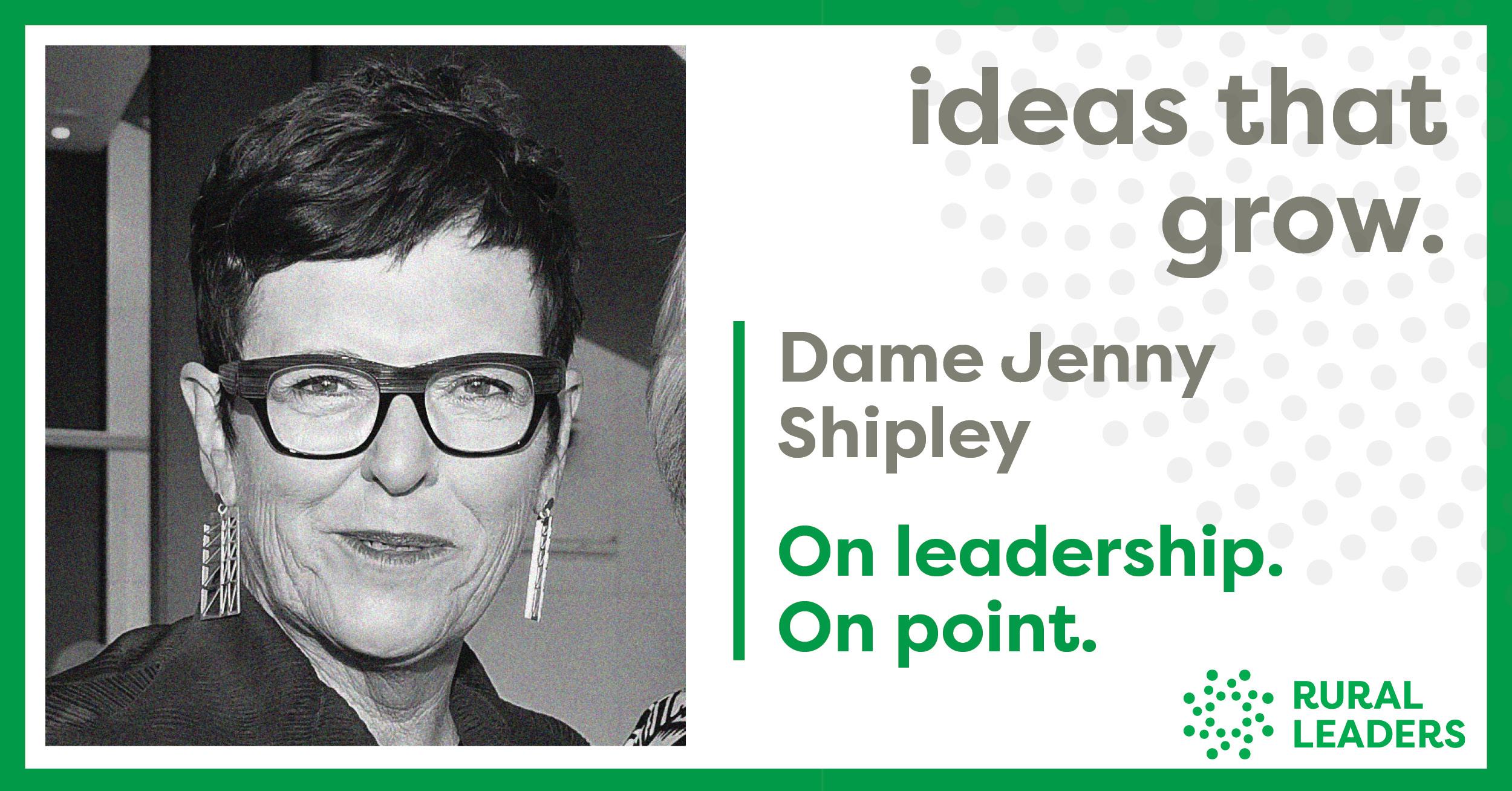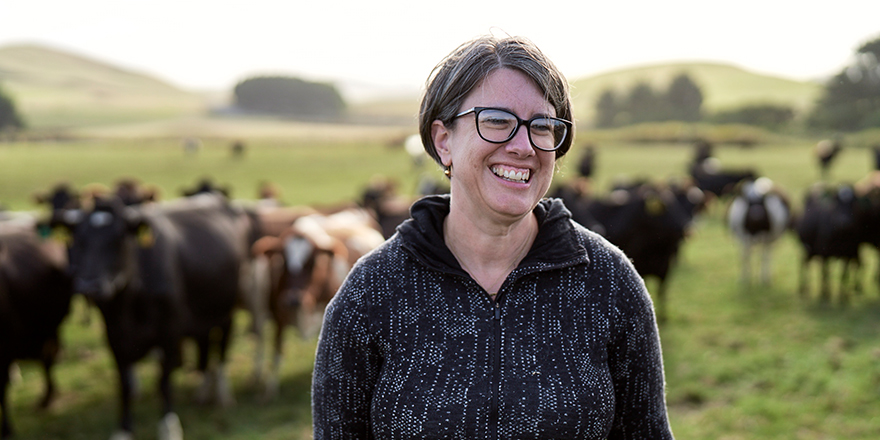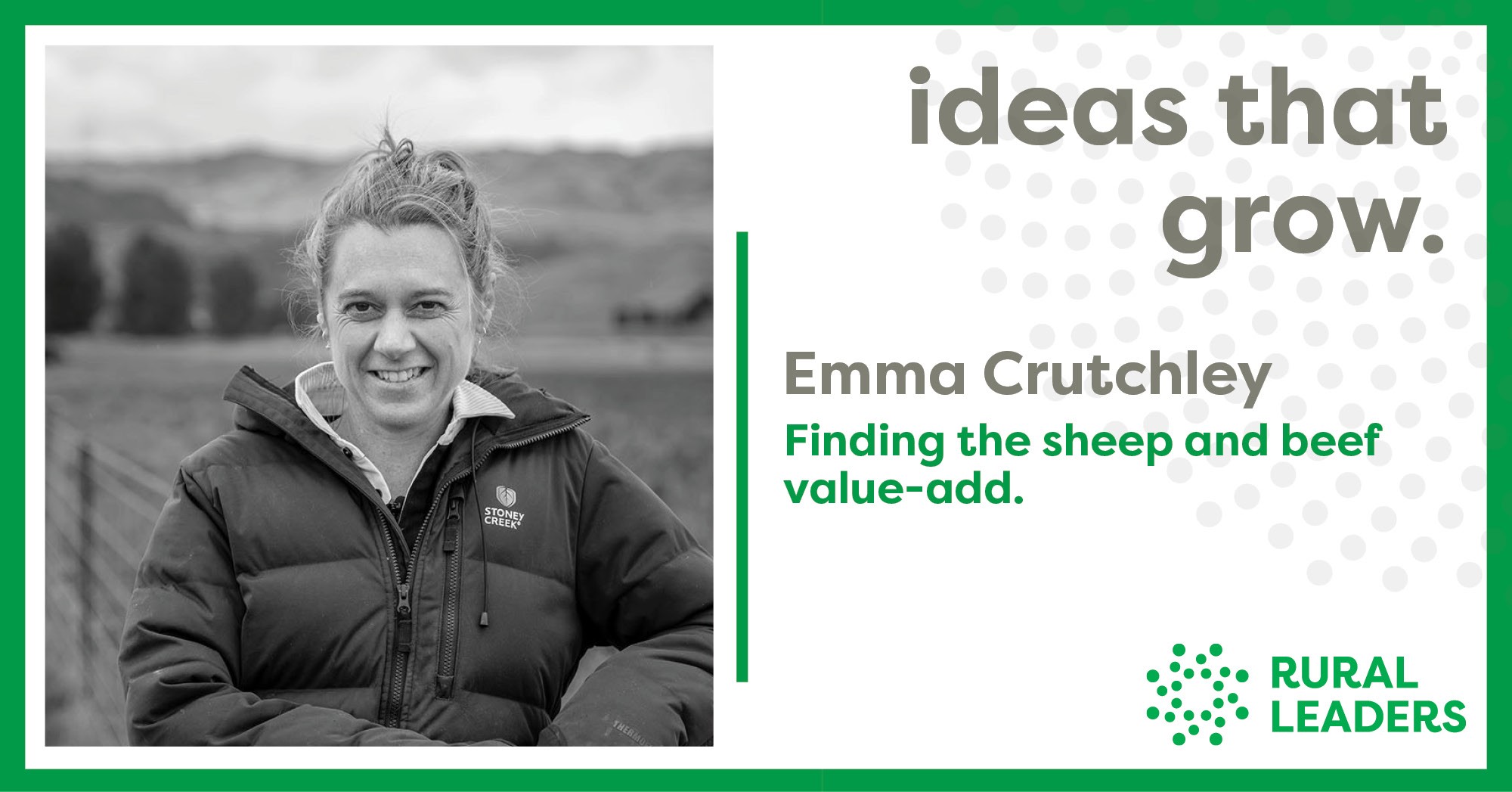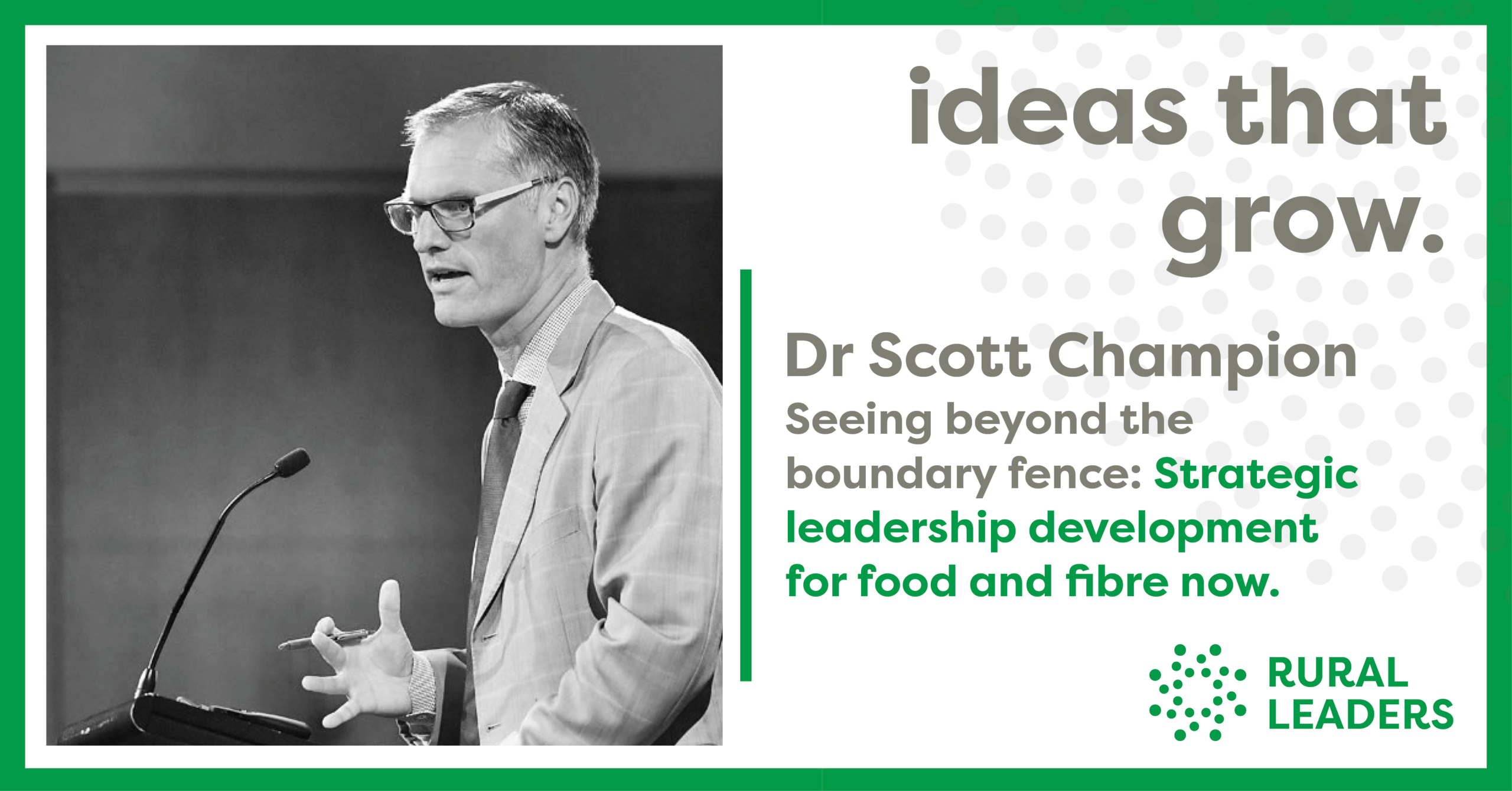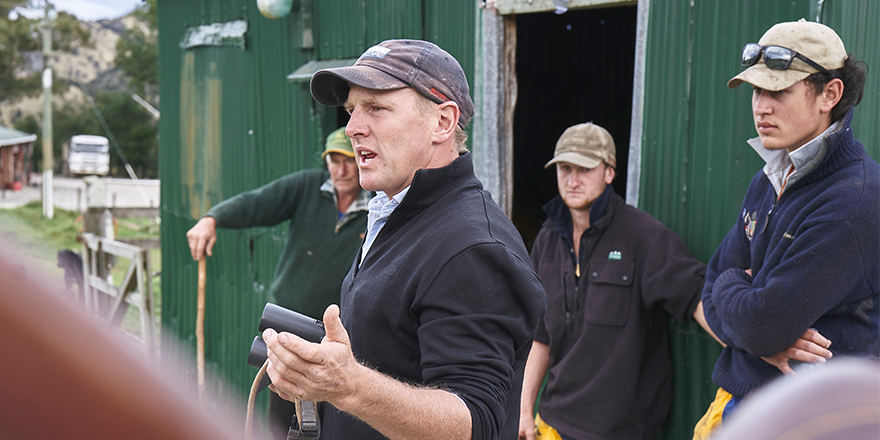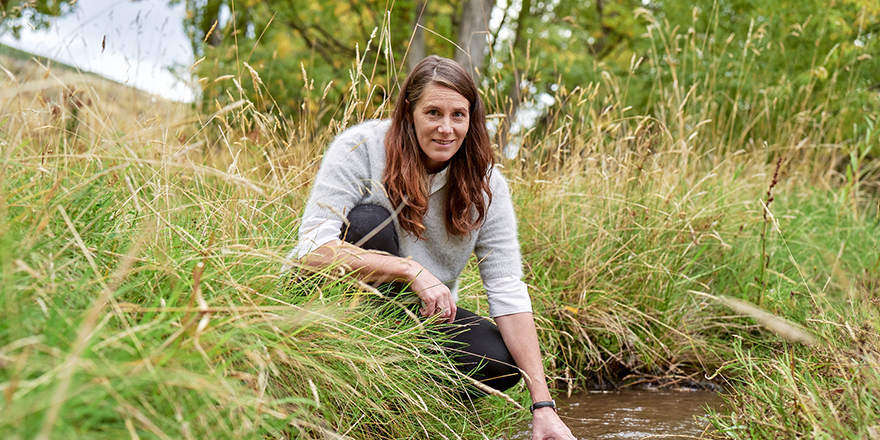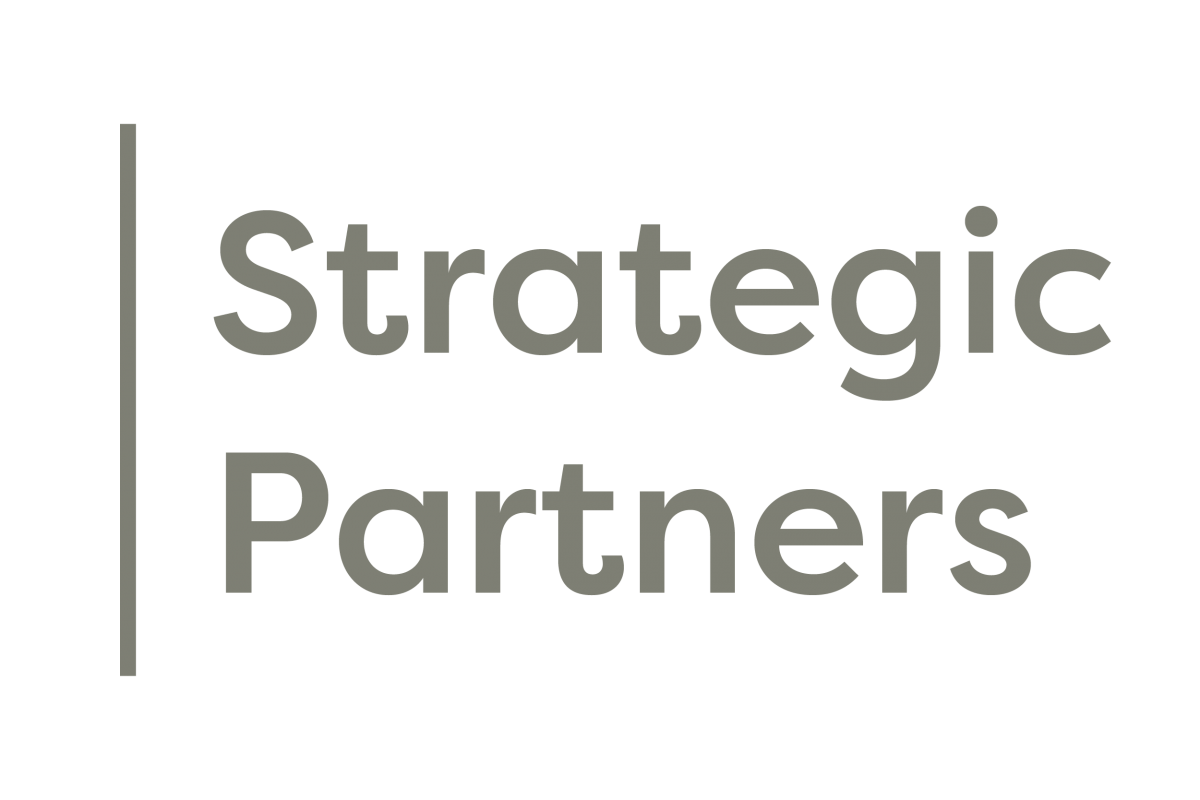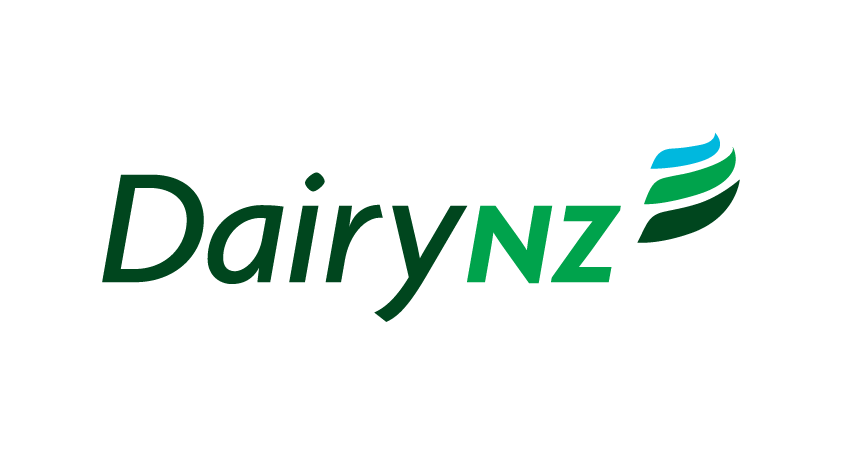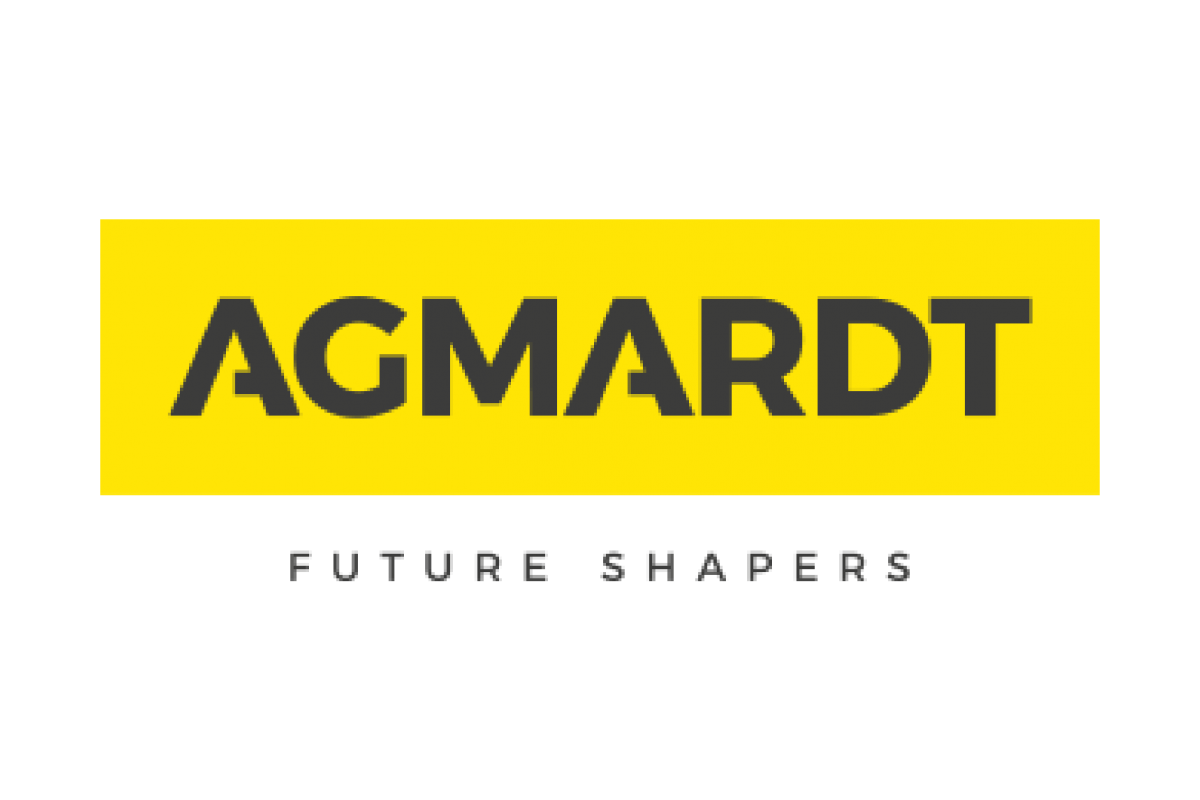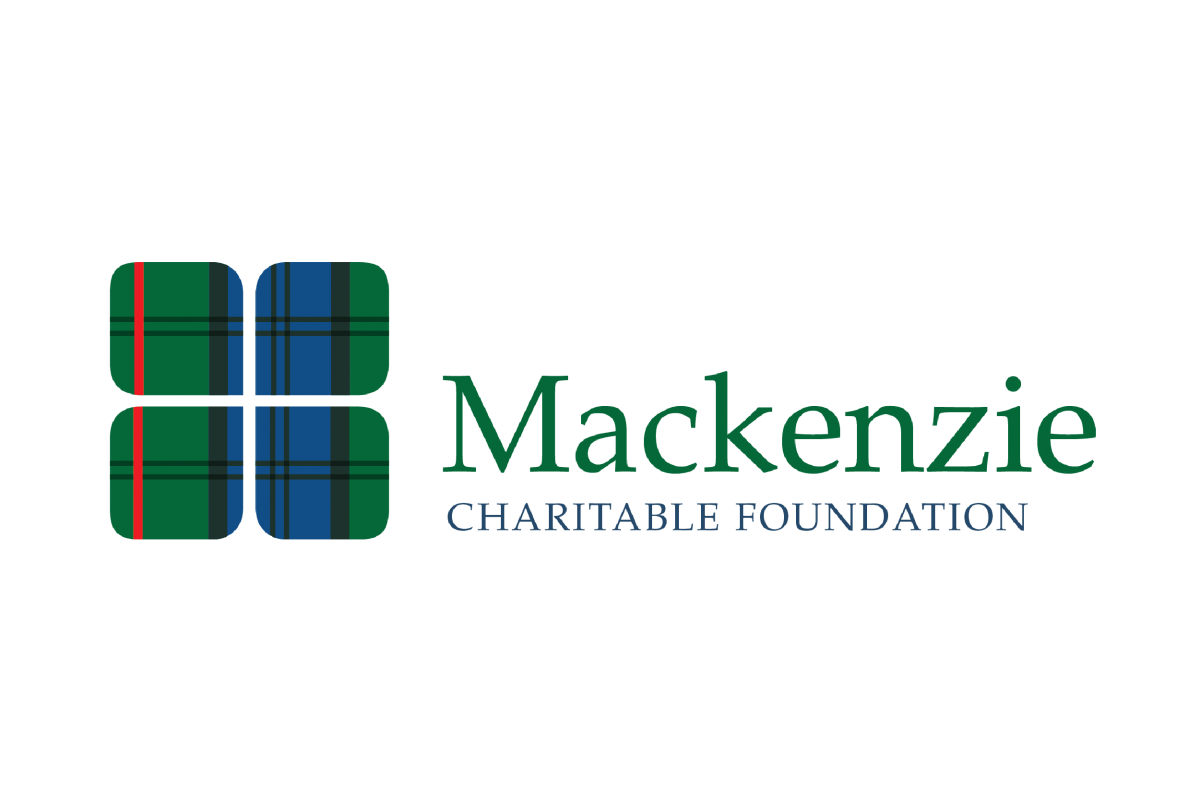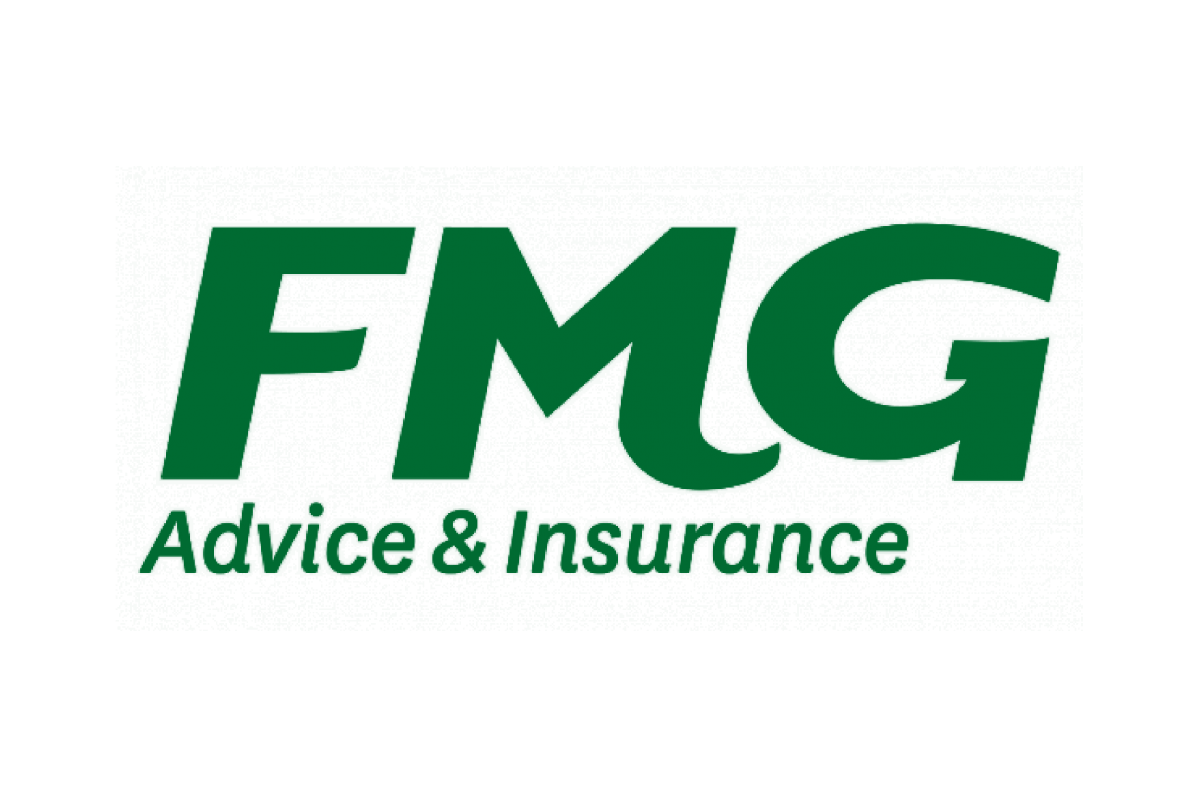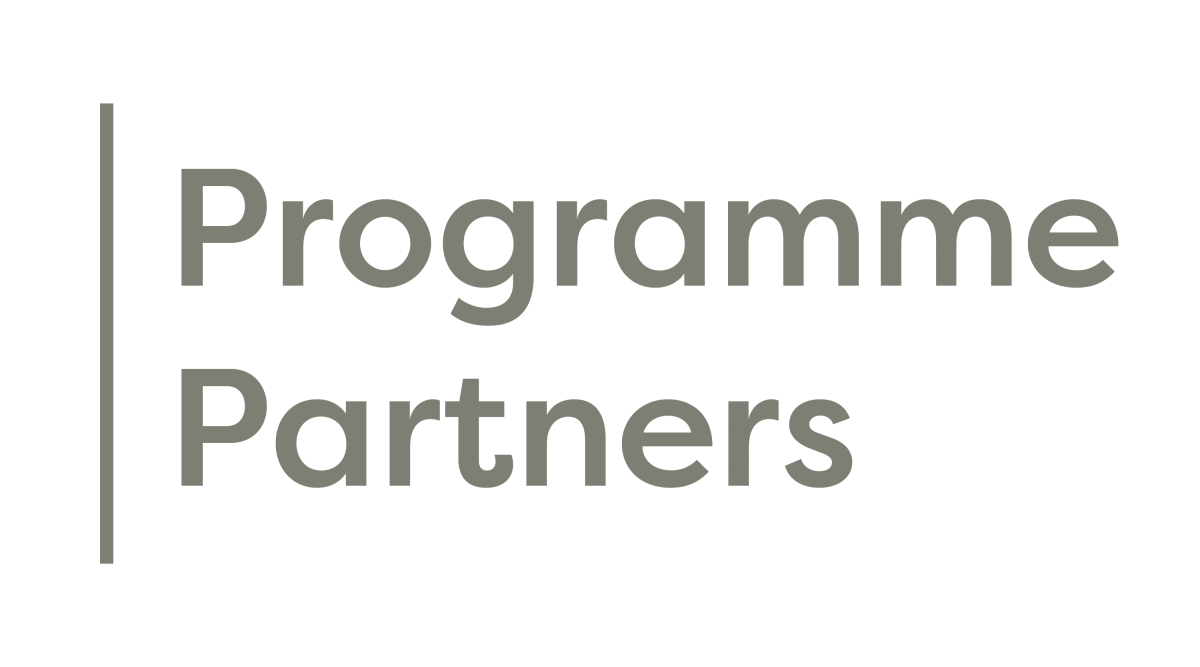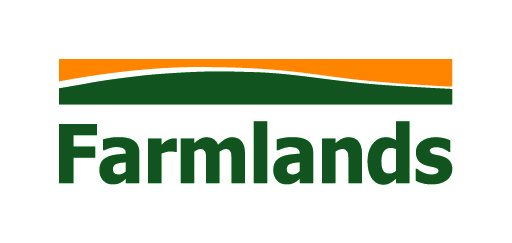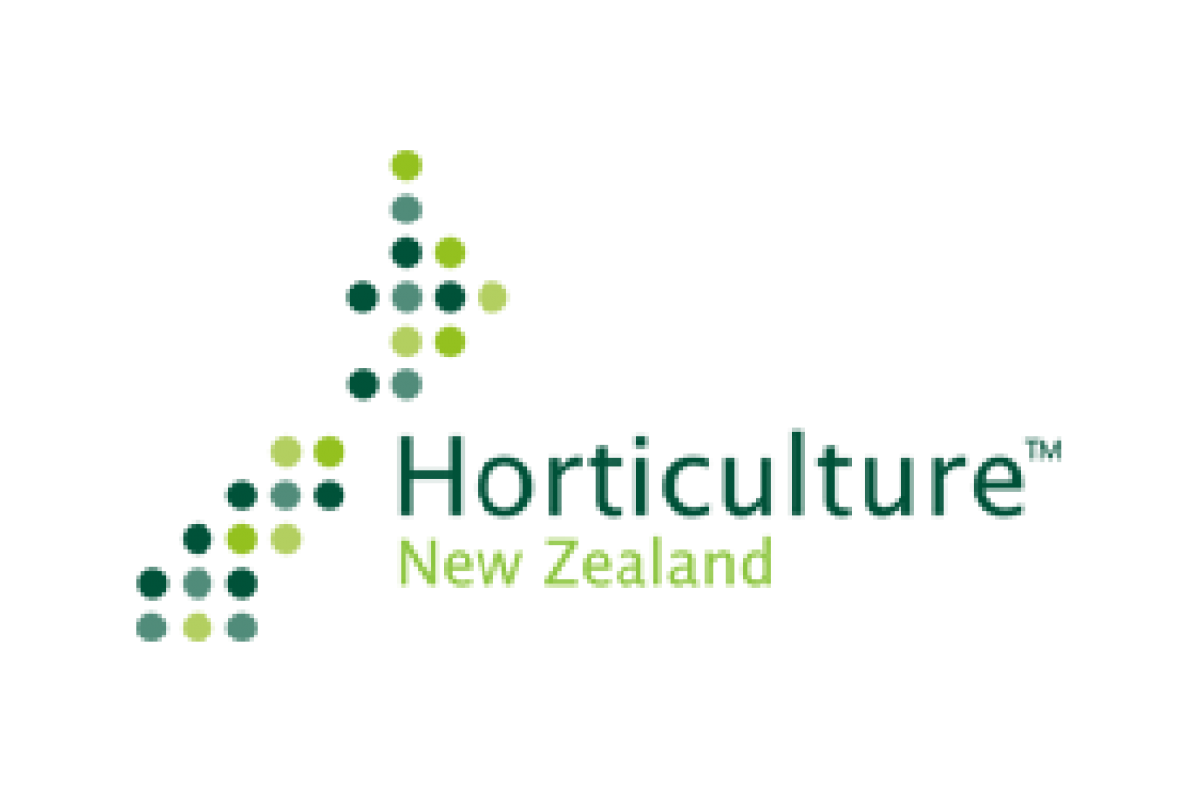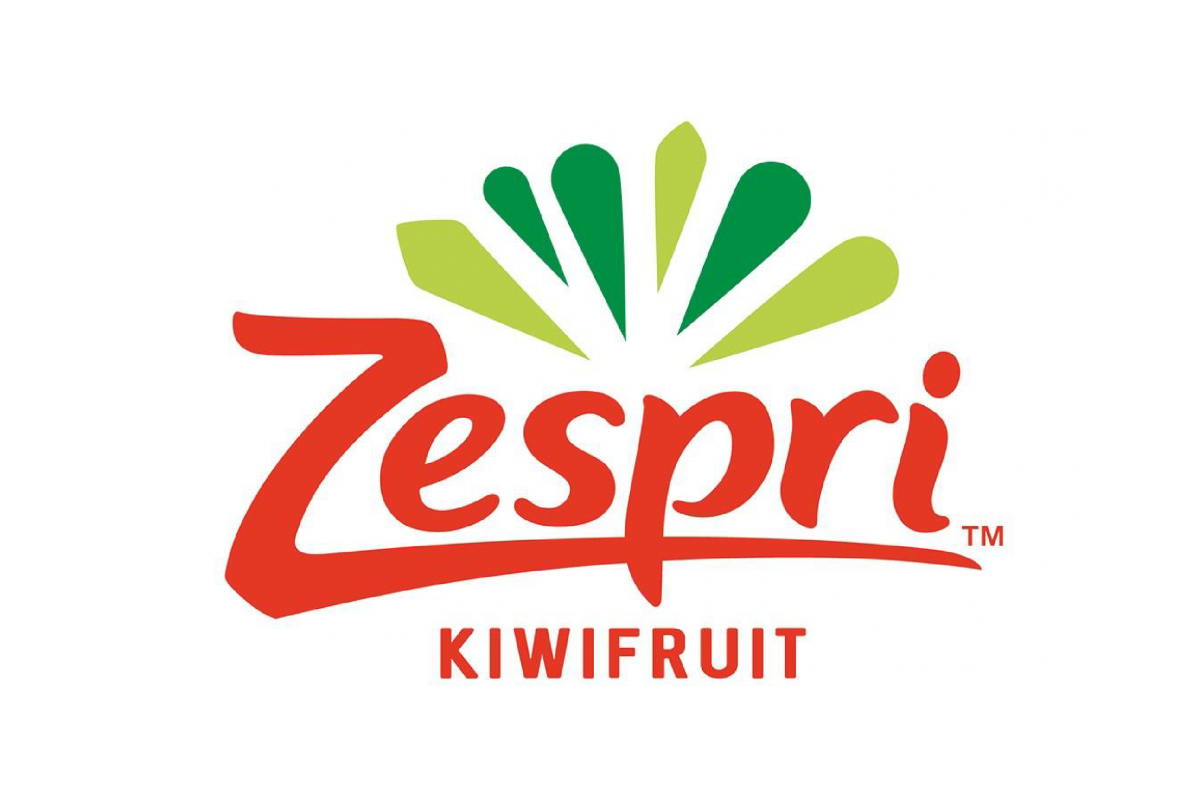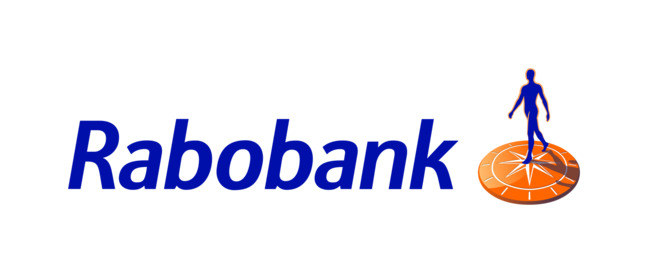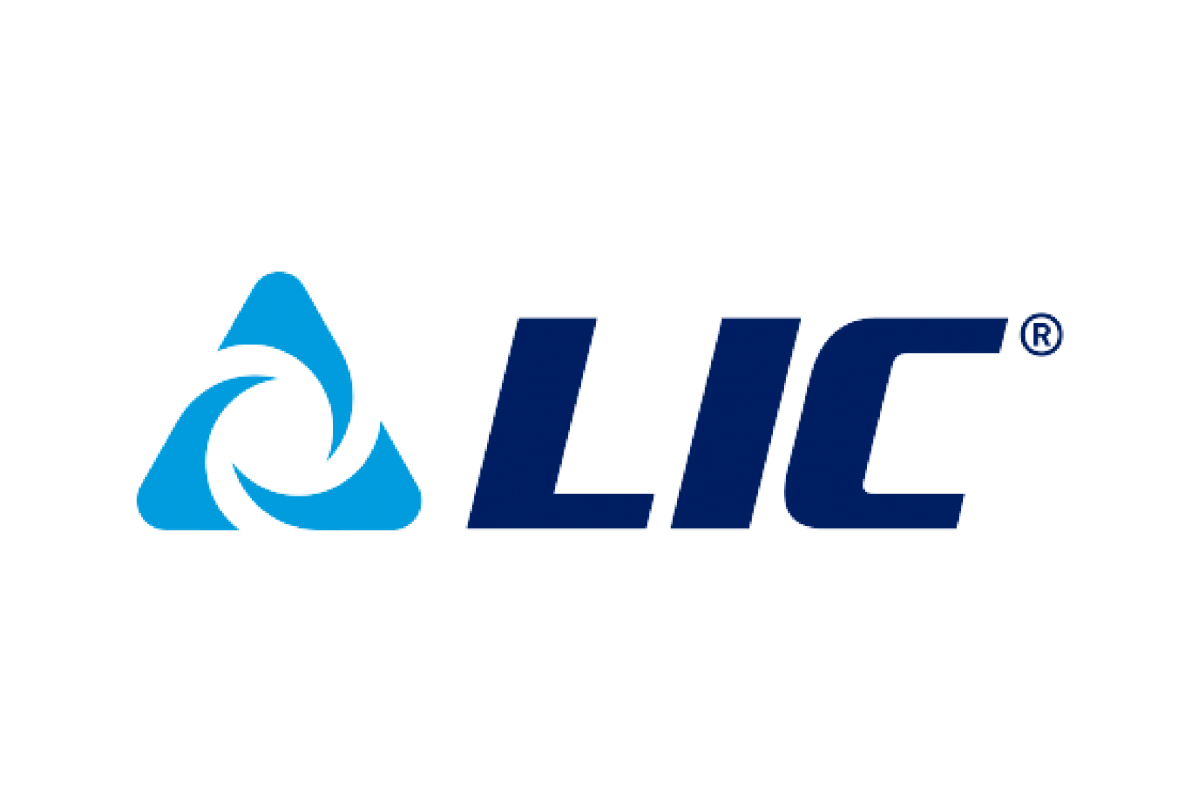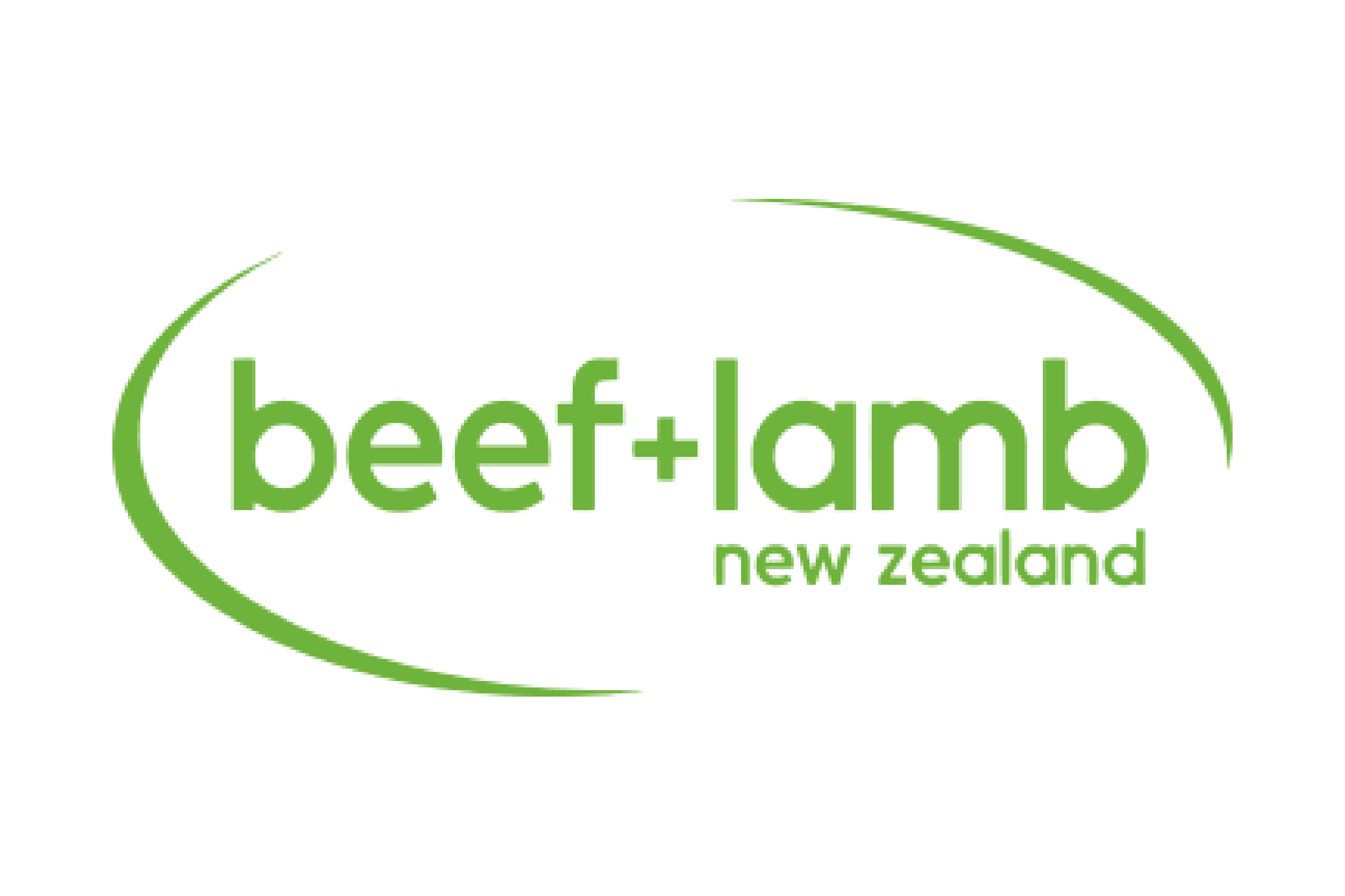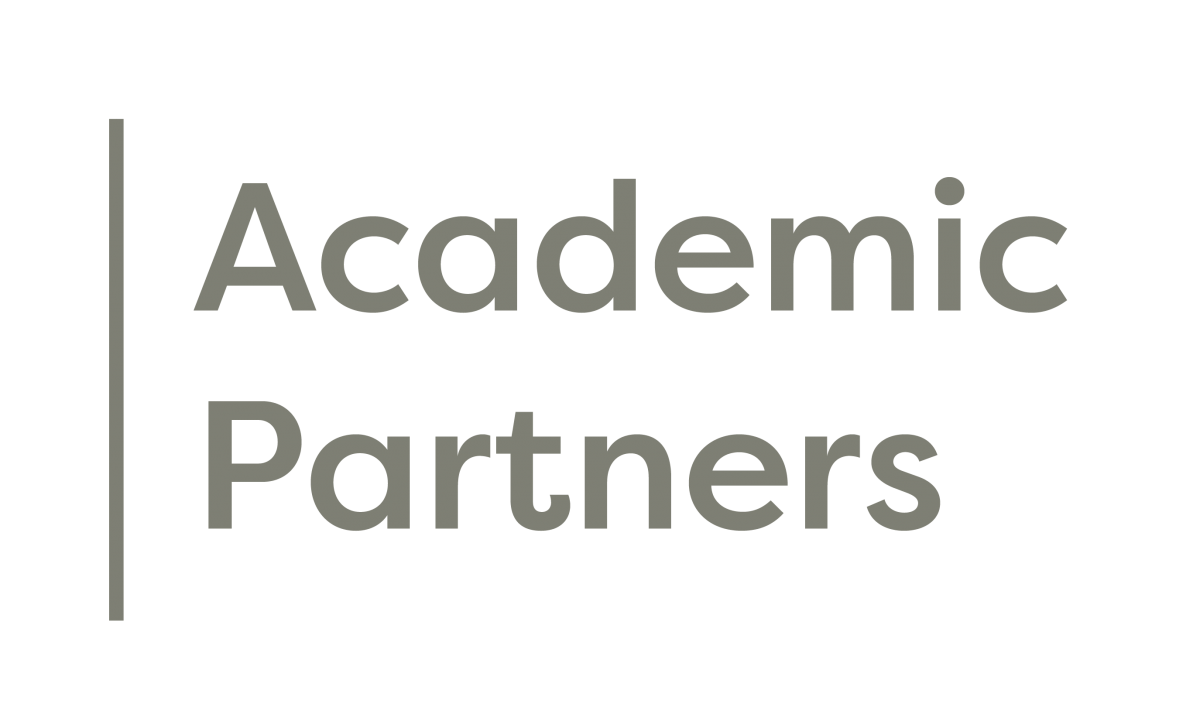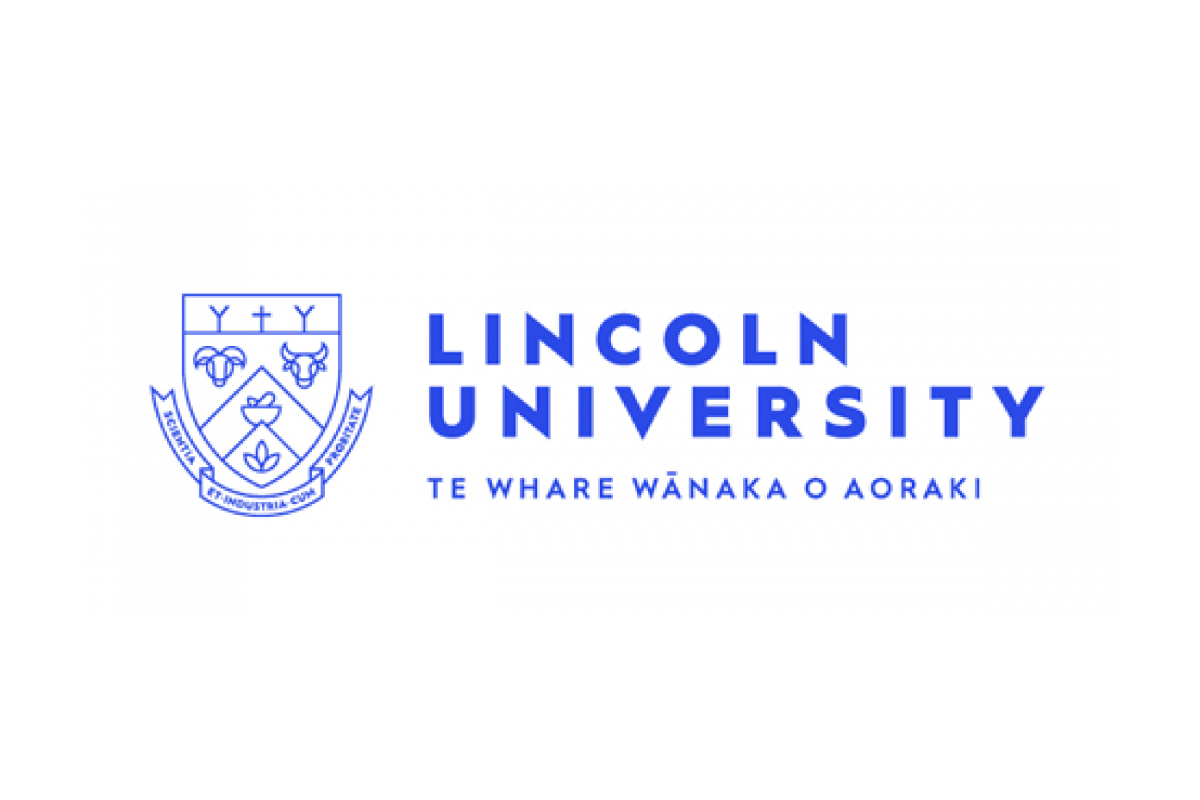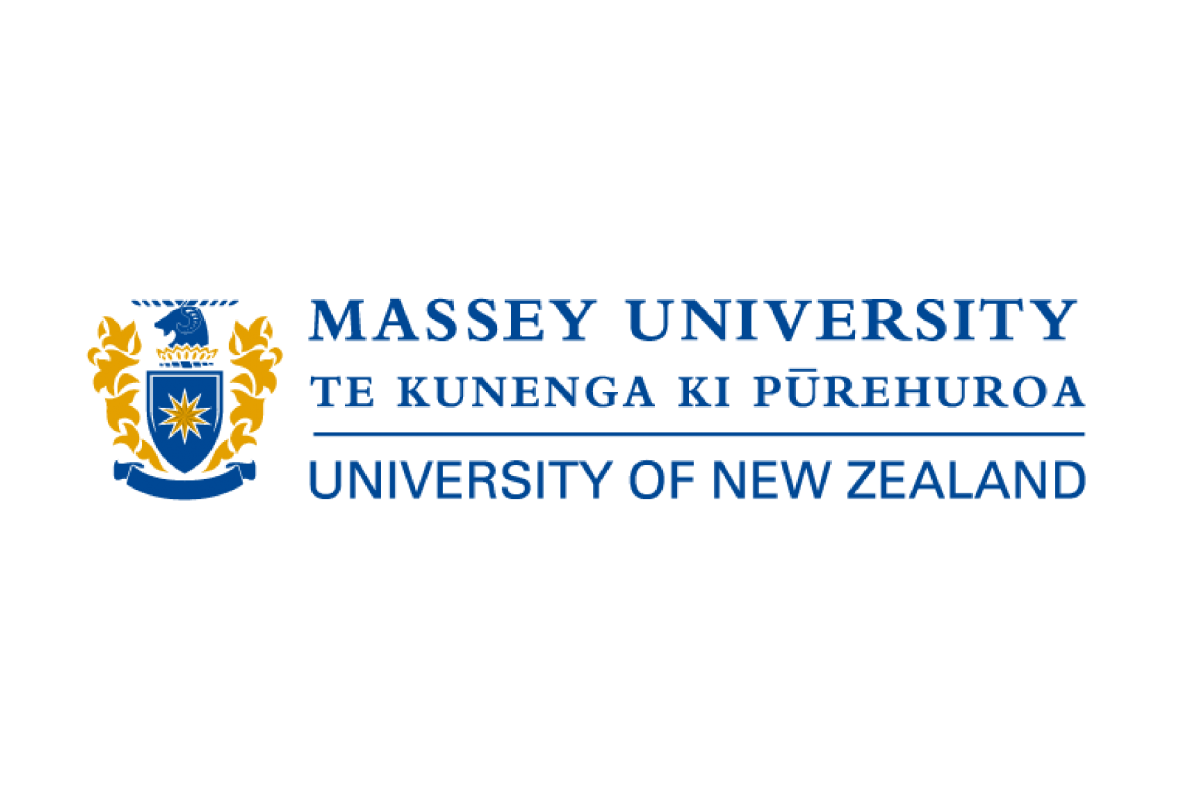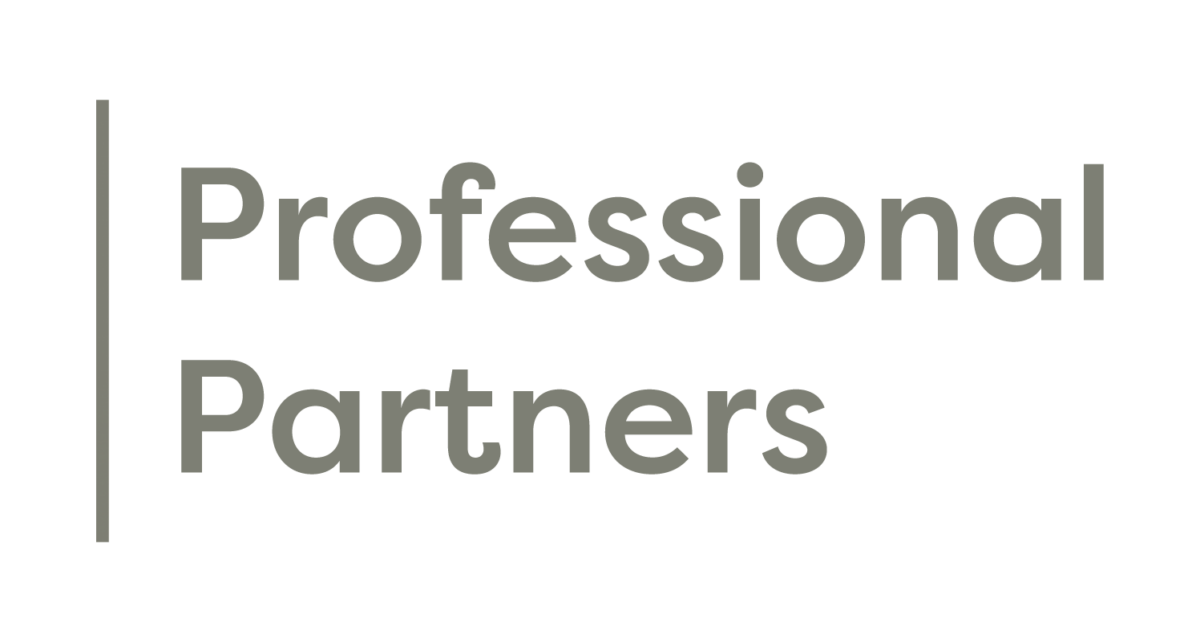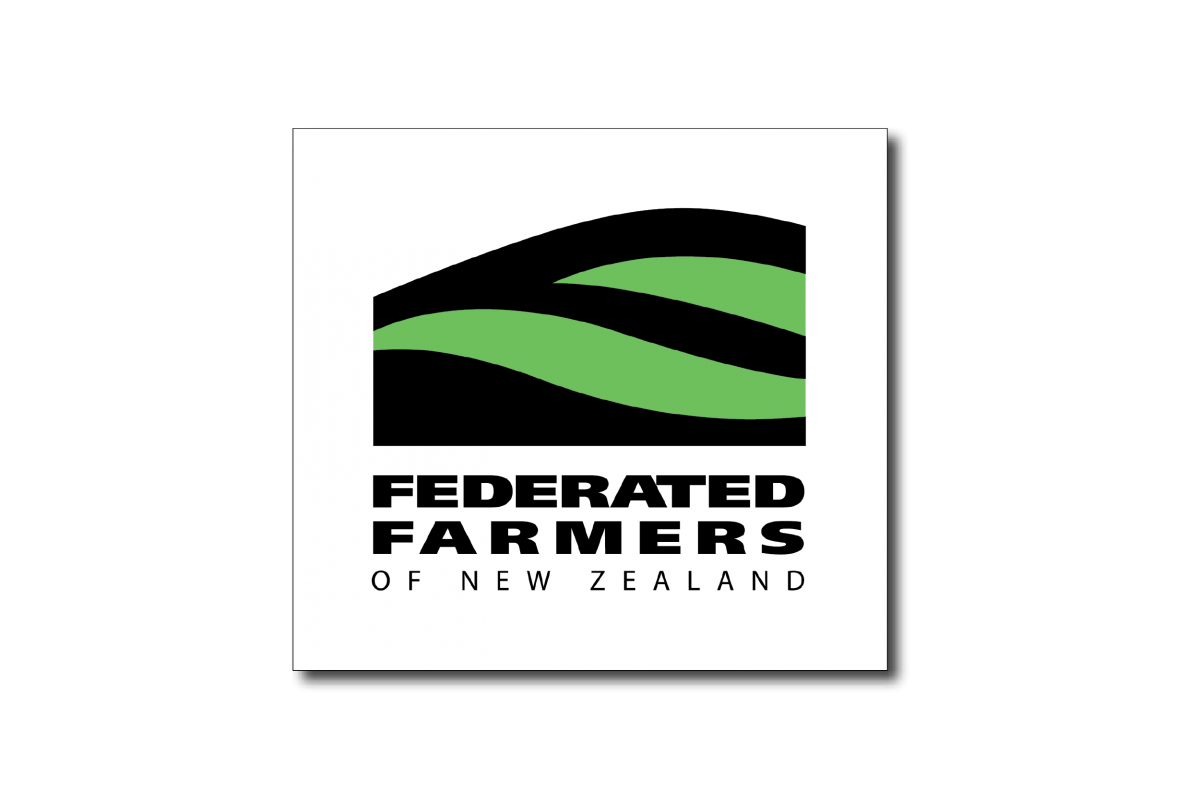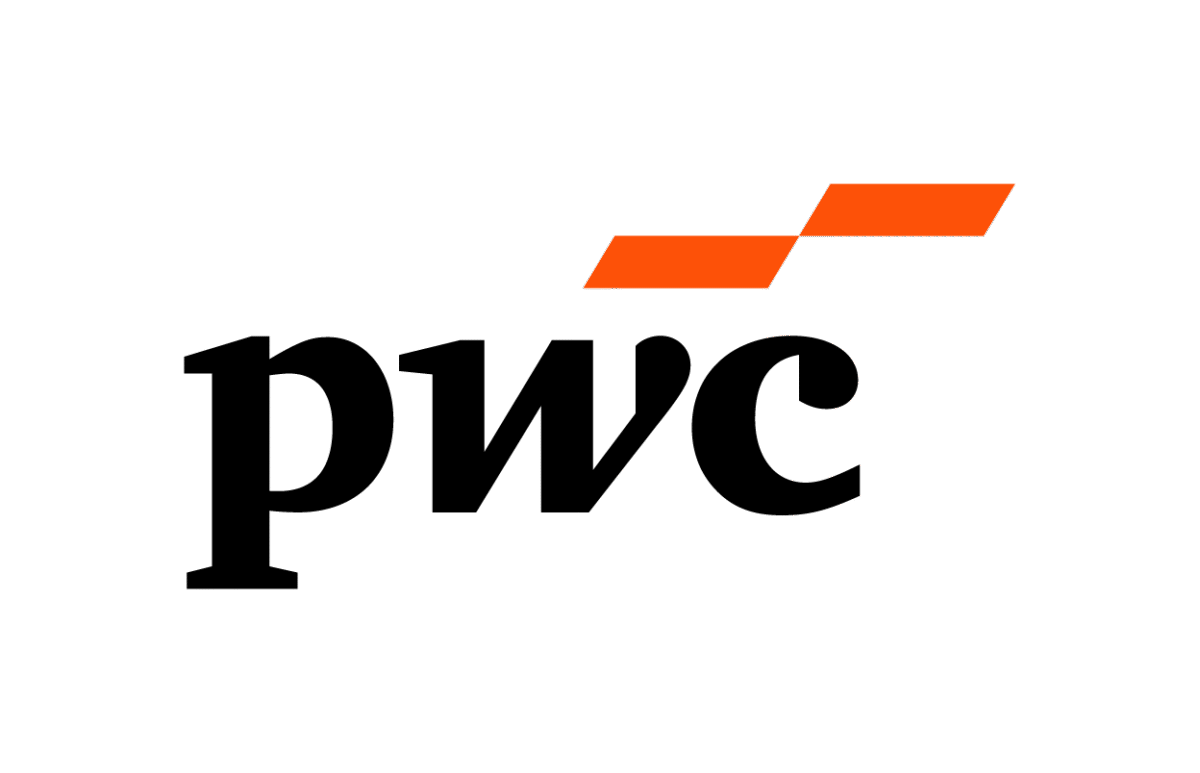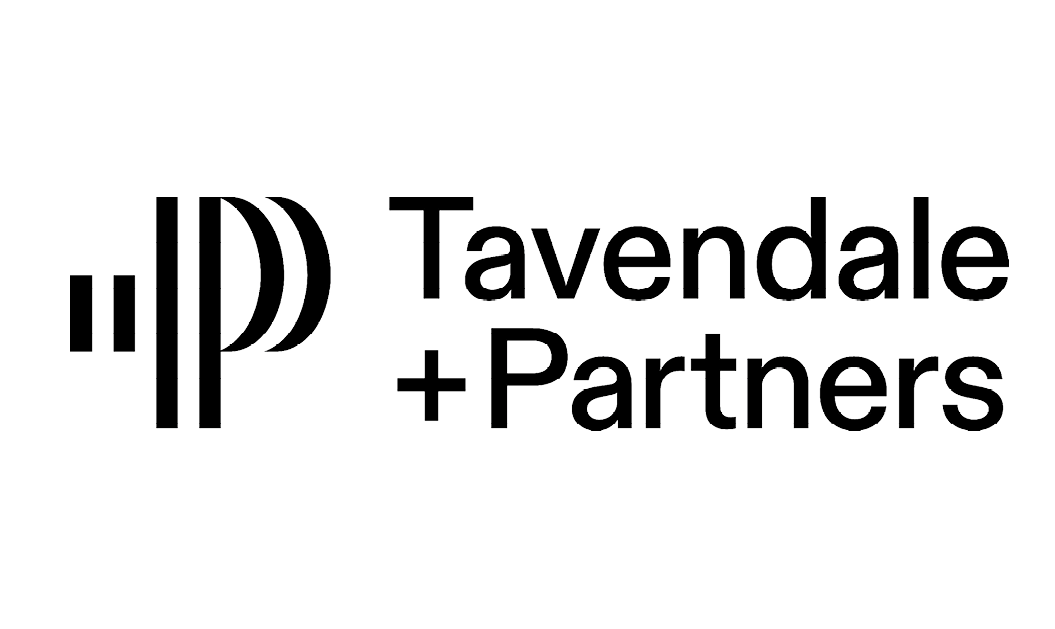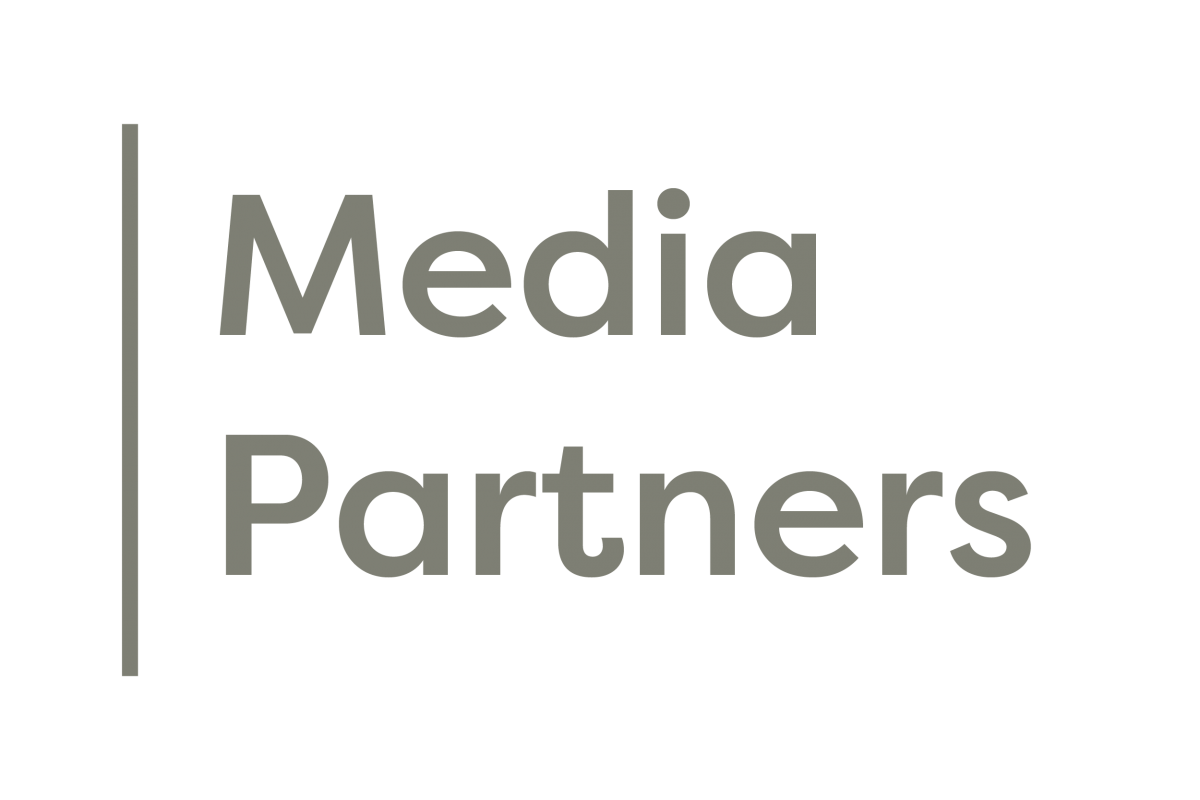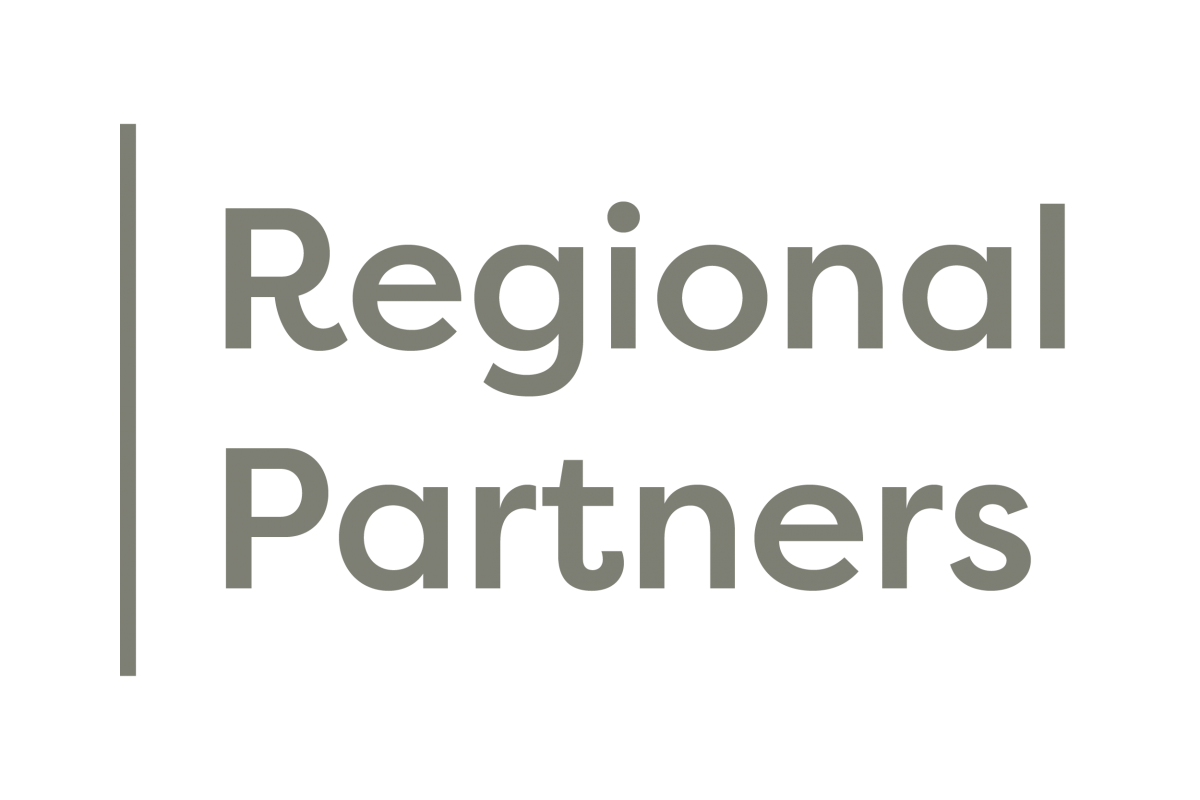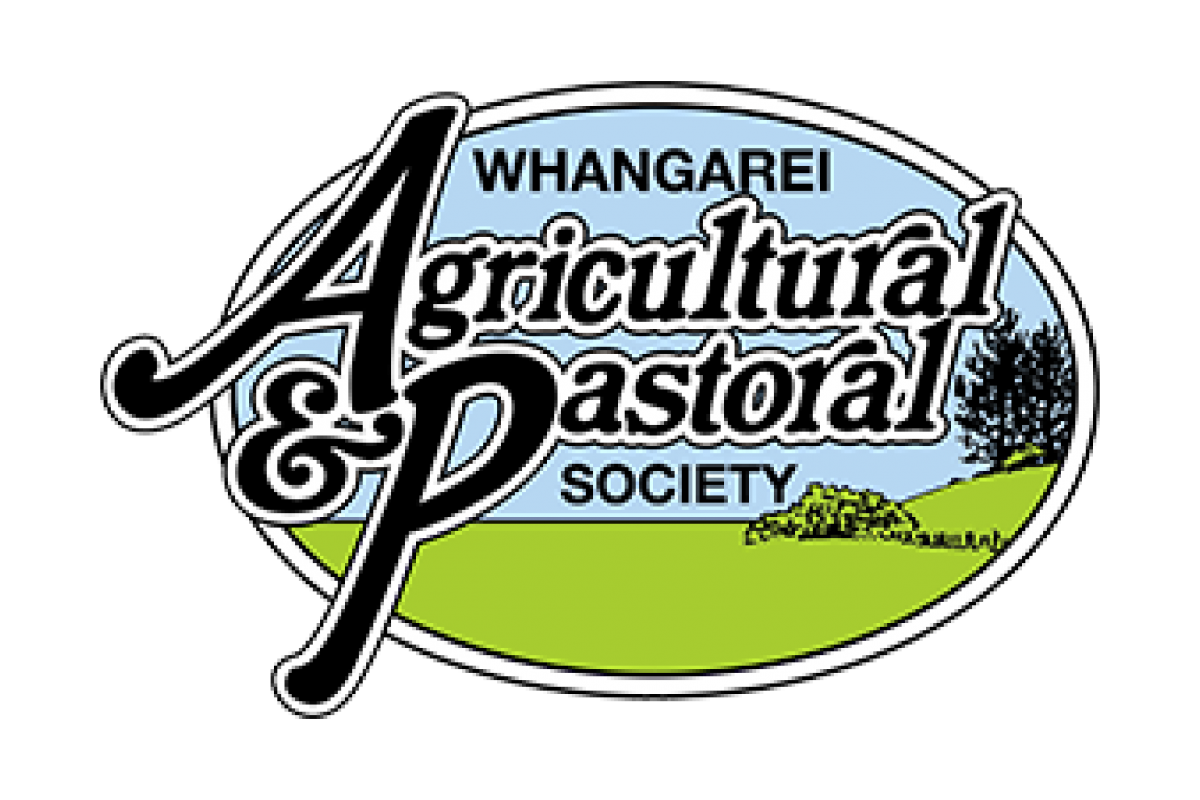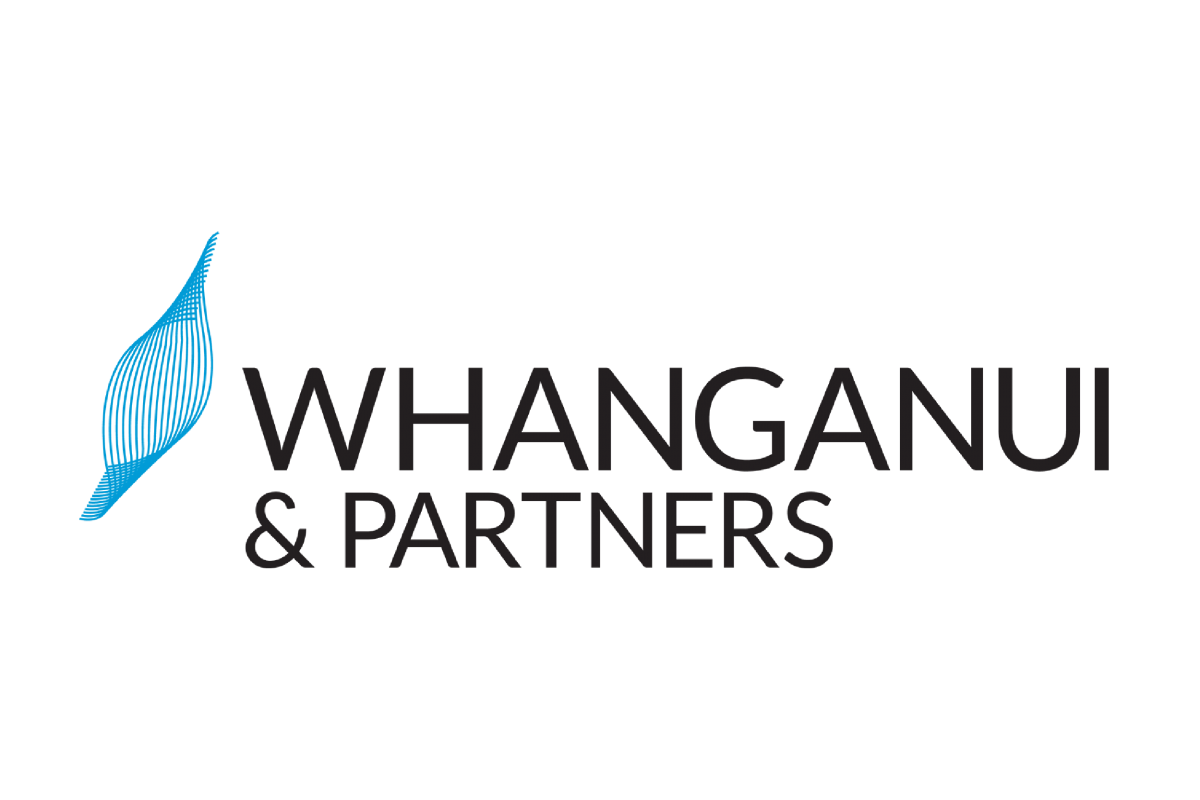In this podcast, Dave Nuku, 2024 Kellogg Scholar, talks to Bryan Gibson, Managing Editor at Farmers Weekly, on his work with Ngamanawa Incorporation and about how adopting a philosophy of Kaitiakitanga can be in alignment with a strong and profitable business.
Bryan Gibson – Managing Editor of Farmer’s Weekly.
You’ve joined Rural Leaders’ Ideas That Grow podcast. In this series, we’ll be drawing on insights from innovative rural leaders to help plant ideas that grow so our regions can flourish. Ideas that Grow is presented in association with Farmers Weekly.
Bryan Gibson, Managing Editor of Farmers Weekly.
You’re with Ideas That Grow, the Rural Leaders podcast. I’m Bryan Gibson, Managing Editor of Farmers Weekly. This week, I’m talking to Dave Nuku. How’s it going?
Dave Nuku, 2024 Kellogg Scholar, Ngamanawa Incorporation.
DN: Hi, good Bryan and you?
BG: Going good, thank you. You’re one of the very recent Kellogg scholars. I understand your report has only just come out.
DN: I’ve had a fantastic experience with Kellogg. Just finished my report, so glad to have had that completed. Yeah, it’s good to be here with you today.
BG: Just tell us a little bit about yourself. Where are you from?
Bringing a global perspective to New Zealand food and fibre.
DN: I’m from the Bay of Plenty, up here in Tauranga, and have some strong whakapapa connections back here. My family have been here for a long time. I’m currently working for Ngamanawa Incorporation, managing a block of Māori land of around 4,000 hectares in the lower Kaimai.
BG: Awesome. I was born in Tauranga, so I know the place pretty well. Has most of your career been in the food and fibre sector, or is that something relatively new to you?
DN: To be completely honest, it’s very new to me. I do not have a background in the food and fibre sector. I actually spent two decades overseas working through Southeast Asia, Hong Kong, Singapore, Philippines, Indonesia, Thailand, Malaysia. So I lived based in Malaysia, Hong Kong, and Singapore for several years in a completely different industry.
I was working for a multinational company over there running health clubs and resorts across Southeast Asia. So, it’s a big change from that perspective. I moved back home to Aotearoa a few years ago, just after COVID, and was fortunate enough to make a transition into the food and fibre sector with the Incorporation which our family have got long-standing connections with. It was a nice fit, but a very different industry – and all the differences that come with changing industries and countries.
BG: Yeah, that is quite a change, isn’t it? How did you find your time overseas? You’re obviously there a long time. environment.
DN: Absolutely loved being overseas, loved travel. My wife and I have got two kids as well, and so they were born overseas. So very much an international whanau. We did a lot of travel when the kids were young, and as they grew up. It was a constant part of our lives.
We were working in these different markets, so it was quite dynamic. Quite different to New Zealand. We were living in Malaysia and Singapore – so that’s closely connected to a lot of other countries, very easy to be mobile and get around. Businesses, languages, all of those things are very different, more nuanced, more complex than New Zealand in industries that we’re working at, but loved it. Absolutely loved it.
Having said all of that, it’s great to be home. I think Aotearoa, New Zealand is the best country on Earth and absolutely love living here, working here, and being home with my family.
BG: Tell me a little bit about the Incorporation you’re working for now.
Managing, leading, and stewardship.
DN: Yeah. So, Ngamanawa Incorporation has a large land block up in the lower Kaimai’s. Mainly the Incorporation has its roots in forestry. It’s around 2000 hectares of pine, radiata pine, and around 2000 hectares of native forest. In the native forest, we have a conservation team of five full-time Kaimahi or staff who are involved in our predator control efforts there.
We do everything from monitoring the waterways, the habitat for native species, whether it’s tuna/eels or kōkako, or kiwis. We have a lot of those really special native species up on the block. As well as forestry, we’re also involved in horticulture. We have a kiwifruit orchard with golden and green kiwi fruit in the Kaimai area, a little bit closer to Tauranga.
Then we also have some investments in other horticulture crops, strawberries on Matakana Island and some rocket apples in the Hawke’s Bay. So, quite a mix of different business interests across the Incorporation. It keeps you busy and it’s varied.
BG: Yeah, a lot of variation and diversity there. I guess there’s a lot of different farming techniques, business management, and you’ve got the native block as well, which is more of a conservation approach, I guess. A lot to keep on top of.
DN: I think it’s the variety and that diversity that makes it fascinating for me. I have a really strong international business background, but it’s nice to be doing something that is very, I suppose, organic and something working for an entity that we’ve got a long-standing connection to.
The block, the incorporation is made up of a number of different blocks of traditional Māori land, that has been in Māori ownership for hundreds of years. It’s nice to be taking that and really making sure that it’s productive in terms of our forestry, and then also in the indigenous forest space and the native bush, really looking at preserving the native species there.
We also have a lodge for our shareholders, so you can book the lodge and go up there and enjoy it with your family. It’s nice on a lake with lots of waterways in the middle of the bush.
It’s also about connecting people to land as well. Then the horticulture and the kiwifruit is really that’s a lot of the day-to-day operations. Long time between drinks in terms of the business model for forestry, but with Kiwifruit. They’ve got a more seasonal cash flow in business requirements and operations there.
BG: How are things tracking for you guys at the moment? Has it been a good year? Things looking pretty good?
DN: It’s been a fantastic year for kiwifruit in general across the Bay. It’s been something that the industry has really needed. We had a couple of rough years there with COVID, and there were a number of weather events.
Also, some of our growers down in the Hawke’s Bay area were really affected by cyclone Gabrielle. But overall, the industry has had a great season, a really strong crop. I think a record season, just under 200 million trays, which is around about a 25% increase on the previous highest year for Zespri overall, who sell our kiwifruit into market.
It’s been a record crop. Growers have really benefited from it. Last year’s growing conditions were excellent. Not only did we get good volume, but it also got really good fruit quality, which has held up well in the markets. We sell that through into Europe, China, and other places.
You’ve got to celebrate the wins, and we’ll take those because horticulture can be challenging. There’s always weather events, and you’re always on your toes, and no two seasons are the same. We’ll just take the win and then really focus on trying to do that again this season.
A background into how a Māori Land Incorporation works.
BG: Now, probably most of our listeners have a bit of an idea about how a Māori Incorporation functions and is structured. But could you just give us an overview of how that works?
DN: Absolutely. The Incorporation is governed by a committee of management. They function more or less like a board, I suppose, if you could think of it in that way, with some really small, subtle differences. But if you think of them as a board that are duly elected by the shareholders to represent the shareholder interests in the land block.
The Incorporation itself is an amalgamation of five different blocks in the lower Kaimai area that were all brought together just for the economies of scale that comes with a motivating all that land, which led to the 4,000 hectares that we currently have. Then what ends up happening is all of the owners in those individual land blocks more or less get shares in the Incorporation as opposed to a direct ownership in the land itself. That’s the governance structure and the ownership structure is more like a shareholding reporting into the committee of management.
The big difference between a Māori Land Incorporation versus a trust where the owners of the land still retained a slightly different ownership model. The Incorporation has been around for around 50 years and came together in the 1970s to amalgamate the land blocks to secure the land over the long term.
At that time, we were facing some challenges with the confiscation of land through the Public Works Act for the hydro scheme that’s currently up in the in the Kaimais. As I said, that was the origin story of the Incorporation. It’s come together as a result of that. We got into forestry and then have diversified over the years.
Kaitiakitanga – guardianship/stewardship. Adopting the long term view.
DN: So, generally speaking, Māori Land Incorporation, long term holders of assets in land, long term view, primary in nature, forestry, horticulture, looking to diversify. We have some other stocks and portfolio financial products. But everything we do isn’t really driven on a quarterly basis in terms of returns. It’s much more about where we want to be in 5, 10, 15, 20 years.
BG: That’s something that a lot of people are thinking about more and probably should think about more is having that longer term view of where you’re going. Because you’re right, that quarterly reporting makes you overegg the omelette in some ways.
You can drive production to meet targets and then have some issues to clean up afterwards. Whether a more measured approach with more long term targets seems to be a better way to take care of our land?
DN: I think so. That’s definitely our view on it. It’s more of the Kaitiakitanga view. Kaitiakitanga, meaning guardianship or stewardship. I’d describe it in that way – which was the subject of my report. What I wanted to do, having come back from extensive experience overseas in more international markets, where stewardship, guardianship, long term, intergenerational ownership, wasn’t really anything that I worked in overseas.
I worked for companies, many of whom were private equity owned. So, a different modus operandi, so to speak, a different timeframe, buying and selling companies, building them, selling them to the next person.
Coming back into this environment with a much more long term view, real care for land and nature, led me to study Kaitiakitanga, which is the subject of my Kellogg report. The concepts and all of the different influences, in fact, as they tie into Kaitiakitanga, I thought that would be a good way to educate myself and bring myself back up to speed so I can use that philosophy when managing the Incorporation assets and people.
Kellogg and Kaitiakitanga as a pathway to enduring prosperity.
BG: So, your report, as we said just out very recently, is called ‘Kaitiakitanga as a pathway to enduring prosperity’. I was interested that you kicked off by saying a lot of us have a simplistic view of what Kaitiakitanga is.
DN: Yeah, I think it’s most often thought about or used as a term in reference to guardianship or stewardship with regard to the natural environment. Whilst that is a part of Kaitiakitanga, that’s only a small component of Kaitiakitanga.
The broader application of Kaitiakitanga is the idea that one has a relationship not only with the environment, but also with your family members, also with everything within that environment. And with that, we call it Whanaungatanga or kinship. And with that kinship, our relationship, comes responsibilities. And the responsibilities that come from that, Whanaungatanga, or kinship, are responsibilities of care and Manaakitanga, looking after the environment, looking after others, looking after yourself, respecting the spiritual dimension that are imbued in all things.
We believe as Māori that things have a spirit, they have a Wairua, they have a Mana, they have a life force, or Mauri. Just acknowledging and respecting those things, particularly in the Taiao, but also one’s self. It’s a real all-encompassing philosophy in terms of how one can approach their life.
For me, in the way in which I think about it for the Incorporation. I see myself as a Kaitiaki of the assets that are within my responsibility, making sure that they’re not only produce good results, but they don’t do harm, whether it’s to the environment.
We look at things like forestry and our aspirations there to convert more of that into indigenous forests over time, perhaps retire parts of that. We also take the responsibility quite seriously and invest a lot into the conservation space, trapping possums, predators, to be able to restore some of the natural bird life on our block, to get the bird numbers up. To do that, you need to suppress the predators because they tend to kill all the chicks and the eggs and so on and so forth. That’s an example of Kaitiakitanga there.
Our team have rituals or practises that they use each day when they go out into the bush. They protect their Wairua or their Mauri. They’ll say special Karakia or incantations or prayers to protect themselves.
They’ll also ask for blessing and protection when they do the work in the bush. Then likewise, within the organisation itself, our philosophy is driven by Kaitiakitanga in terms of starting meetings with Karakia, with prayer, acknowledging people within the meeting or anyone who may have, for example, for us as Māori, in speaking back to that kinship and relationship connection.
We’ll also acknowledge those who may have passed on, their family connections and those within the region or the Mutu of Tauranga, the rohe of Tauranga will acknowledge them and do a Mihi to them and their family. So, all of these different practises that feed into Kaitiakitanga are all a part of the way you operate the way that you live and aspire to live.
Can you have alignment between Kaitiakitanga and propseprous business?
BG: As the title of your report suggests, Kaitiakitanga is not in opposition to having a prosperous and profitable business operation, is it? I mean, enduring prosperity, you can make a good living for all of your shareholders.
DN: Absolutely. That’s the aim. I suppose that was really what drew me to the subject they’re not opposing forces. One can be a good steward of the land, good steward of themselves and a guardian, and still prosper and have good economic returns, whether it’s for your shareholder, whether it’s for your Whanau or your business or whatever it is. Those are not things that are opposing their nature. I think that comes back to the long term view.
Then also considering in a broader sense what the return on an investment might be. An example of that would be we most often measure return on investment in dollar terms. Whilst that’s an important metric, it’s not the only metric. For example, we have businesses we’ve invested in, and they have a really good social return for our people.
It’s about unlocking the potential of some of our Māori land, by our people, for our people and creating employment opportunities. Like growing high-value horticulture crops. The case in point is the blueberry investment we’ve made. We know that that investment is not just about a hard and fast financial return. That is also about investing in capability and building skills in high value horticulture.
We can accept that for that type of investment that may carry a higher risk, so to speak. But we think the returns are going to be social in nature as well as ultimately a sustainable, profitable business. We’re prepared to take on a bit more risk because we can see that we measure success differently, so to speak. You have the right size that for your Incorporation in your business.
We’re not going to put all your eggs in that type of investment, but we do take a number of smaller investments that allow us to be more adventurous. Then as those businesses grow and perform, then we can scale them up knowing that they have a good return for our people, for our land, and then also from a financial or Putea perspective for our shareholders.
BG: Obviously, your report looks at this quite in-depth. You’ve looked at the literature, of course, and case studies. You’ve made some recommendations about how to incorporate more of a Kaitiakitanga mindset into a food and fibre of sector business. What are some of those?
Three recommendations to include Kaitiakitana principles into business.
DN: What came out of the report that I did were a series of recommendations that I think I did expect would be the outcome. They are, first and foremost for Māori entities where there’s an opportunity to include Kaitiakitana principles. Those are things like in the culture of the organisation, having Tūkanga, what we call Tūkanga or Māori protocols around the Karakia, Mihi, acknowledgement of people, those who have passed special occasions, opening meetings with Karakia, finishing meetings with Karakia, welcoming new guests into your office with Mihi and Whakatau. That would be one example of something that the Incorporation does.
Also, there are some tools out there that one can use to exercise the Kaitiakitanga in regards to waterways. There’s a really cool tool called the Mauri compass, which allows you to measure the habitat of certain wildlife, wild species. For example, the native silverbelly tuna (or eels) that we have here. We do a lot of work in that space. So, water quality, habitat cover, abundance of life within the waterways, et cetera. Creating benchmarks using the Mauri compass across those different areas. Then setting some goals based on that.
One of the other recommendations that came out of the report was the importance of really capturing Kaitiakitanga and incorporating it into what we call our SAIPO, our strategic investment priorities and objectives document that outlines how we invest in different things and incorporating Kaitiakitanga as a guiding principle. So, that one, we’re investing in things that we’re proud of, that we want to be in, that are going to be good for the Taiao and the environment as opposed to things that aren’t.
That we are also making investments for a certain portion of our asset base. We’re looking at that as a good financial return, but also a good social return as well. And so, we have the lens of Kaitiakitanga, that’s our perspective, and we look at different investments.
Those were the three recommendations, what you can do on a daily basis in your Incorporation to make it part of what you do. Two is, tools that you can use in the natural environment. Three is, how you can weave it into your governance structures or your investment structures so that you’re getting involved with things where you can exercise your Kaitiakitanga.
BG: I talk to a lot of people and do a lot of reading in my job running Farmers Weekly. It seems to me that there’s a lot in the Incorporation’s view of how to run things that everyone could learn whether they’re a family farm in Canterbury, or wherever they are.
It gives a story to someone about the weighing up all of the externalities and the balance sheets of what you’re doing in terms of sustainability, social responsibility, social licence to operate, profitability, that sort of thing. Is that something you think?
Kaitiakitanga - universal principles for a long term view.
DN: I think the principles are universal. I really do think they’re universal. We’re talking about them in a Māori context here, but these are principles that you find in many indigenous populations across the world. I think you’ll find them in non-indigenous populations as well.
Part of the research that I looked into, you’d see new concepts emerging, for example, in the US, around steward ownership models that are really very similar to Kaitiakitanga, where entities that are in the environmental space, in the education space, or the charitable space in the US. They have come up with certain corporate structures that allow them to separate the stewardship values as a separate and enduring part of the governance structure that oversees those companies.
Irrespective of who the owners might be, they’re still held accountable to those principles of stewardship, and that’s really aimed at enshrining those principles of guardianship over these different assets, more common in the environmental space. I suppose my point is that that’s an example of the same concept halfway across the world being implemented and enshrined in legislative corporate law. Because I think it’s a lot of people are wanting to do that.
I think there are a lot of entities out there that are saying, Hey, look, these are really good principles of long term view, not just measuring the bottom line from a dollar perspective, but also from a social perspective. I think that a more holistic view and long term view is better. I mean, anything, even from an investment perspective, if you invest in it for longer, it’s generally better. I think there’s a lot of principles that could apply to any business.
BG: I was reading just the other day about something that applies to the other end of the supply chain, NZ Story, which is part of New Zealand Trade and Enterprise, did its most recent survey with Chinese consumers.
They found that after COVID, they were connecting more with their history and felt that New Zealanders, the fact that we embrace our indigenous culture and what we do more than some other colonised countries, was a point of difference for us. So, it’s an interesting thing to think about as well.
DN: I think we’ve got a great story. I think we’ve got the greatest country in the world. I really do. I think New Zealand is an incredible country. I think we do food and fibre really, really well. I hope there’s opportunities to lean into these indigenous narratives and concepts because they’re good for their environment, good for people.
That also sounds, as you’ve said, that they have a powerful resonance with other people abroad and other cultures. In typical New Zealand fashion, we’re probably too humble about it, quite modest. I think it’s okay to say, hey, look, these are things that we do really well. We do lean into it. That’s a part of our culture and our history, and we should be proud of.
The Kellogg Rural Leadership Programme.
BG:Now, how did you find the whole process of going through the Rural Leaders’ Kellogg Programme?
DN: I can absolutely say without any word of a lie or doubt that it was the best leadership programme that I’ve ever done. The most complete and thorough. The quality of the information from the presenters that you’re exposed to is really world-class.
We’ve got some of the best educators presenting content, a wide variety, too. People with military backgrounds, doctors, professors, politicians, farmers, horticulturalists, you name it. Te Ao Māori educators and specialists too. The broader array of leaders in all of these different fields and to be able to listen to them, to interact with them, to learn from them was just incredible.
It was a very, very special experience. Throughout that all, you’ve also got this report that you need to produce. You’re constantly taking in information from these presenters. You’re learning a lot from some of the best young minds, and probably I wouldn’t put myself in that, but more of a more mature vintage, shall we say myself. But they’re really, really great leaders in their own right who come in to do this course. You end up learning a lot from the people around you. That’s very motivating. Iron sharpens iron, so the whole experience has been exceptional.
If I was to say one thing to someone considering doing it, is to absolutely do it, go for it, but do not underestimate the amount of time it’s going to take you, and the focus and commitment that you’re going to need to get the most out of it. It’ll be worth it, but it’s a lot of great work.
You can read Dave’s Kellogg Report ‘Kaitiakitanga as a pathway to enduring prosperity’ here.
Thanks for listening to Ideas That Grow, a Rural Leaders podcast presented in association with Farmers Weekly.
For more information on Rural Leaders, the Nuffield New Zealand Farming Scholarships, the Kellogg Rural Leadership Programme, the Engage Programme, or the Value Chain Innovation Programme, please visit ruralleaders.co.nz

